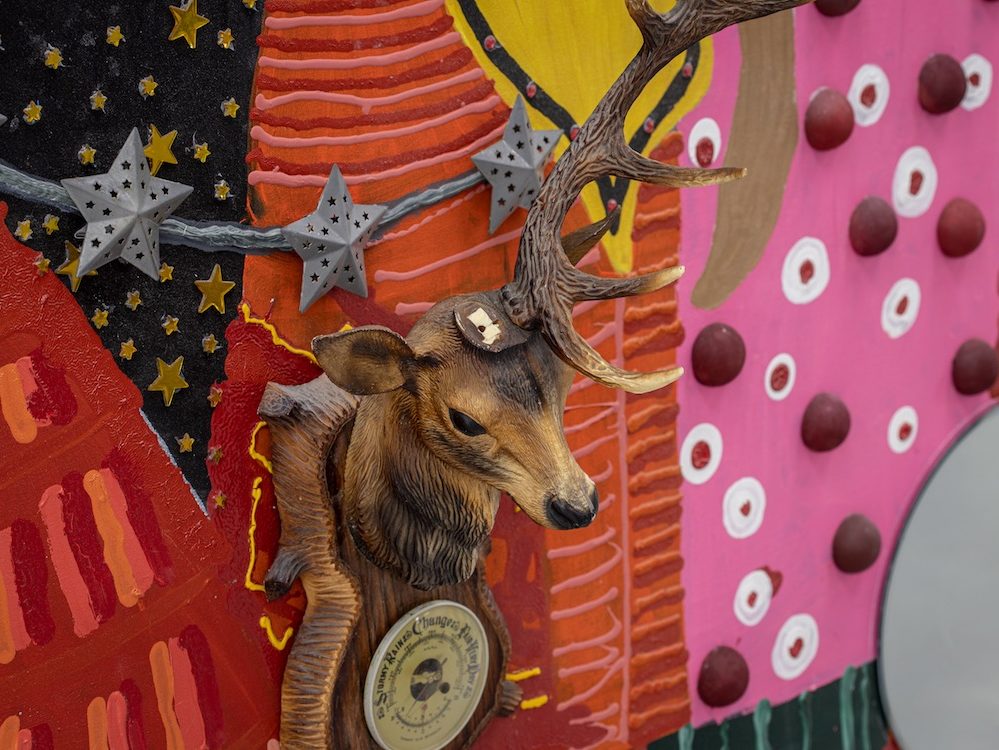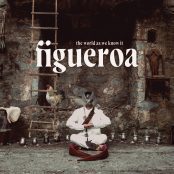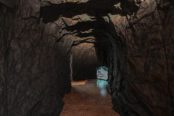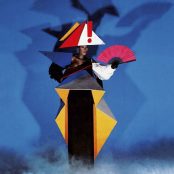[dropcap style=”font-size:100px;color:#992211;”]A[/dropcap] collection of post-conceptual paintings depicting a little-known religious text has gone on display at the Hardwick Gallery, Cheltenham at the University of Gloucestershire.
The 12 two-by-two metre oil-on-canvas works, believed to be the first large-scale paintings of their kind in British biblical art since the Reformation, interpret 12 crucial scenes from the Book of Enoch, an ancient Jewish text that was omitted from both the Christian and Hebrew bibles but saved by Ethiopian Orthodox tradition since the fifth century AD.
The five-year project was conceived by an unlikely partnership between eminent artist and agnostic, Angus Pryor, and the prominent theologian, Professor Philip Esler. Pryor is Head of School for Art and Design at the University of Gloucestershire while Professor Esler is Portland Chair in New Testament Studies at the university and also the former chief executive of the Arts and Humanities Research Council (AHRC).
Pryor’s contemporary collection, Enoch: Heaven’s Messenger, visualises the narratives, meaning and relevance of the Book of Enoch, described by Esler as “the most important Jewish writing not to have been included in the Old Testament”. Each painting depicts an imaginative, secular response and transposition by Pryor of particular parts of the apocalyptic narrative with detailed iconographical descriptions provided by Esler.
Despite the text’s ancient beginnings, it speaks to a number of contemporary issues which are interpreted by Pryor in his unusual transdisciplinary approach to art. Today’s important environmental issues are given personality in the text with messages of the earth crying out against those who abuse it, while connections between homicidal violence and disordered sexual desire are also made, making Pryor’s paintings both relatable and accessible to religious and non-religious audiences.
Describing how he became involved in the project, Pryor said: “Back in 2014, I attended Philip’s inaugural lecture on how heaven is presented in 1 Enoch and became fascinated by this influential ancient Jewish text. Today, the complete text has only been preserved from antiquity in Ethiopia, where it forms an important part of the Old Testament of Ethiopian Orthodoxy. Philip and I travelled to Addis Ababa the following year and were bowled over by the art and architecture there, as well the Ethiopian people themselves. It wasn’t long before I was compelled to start painting my own interpretation of the text.
“In an homage to Ethiopian religious iconography, the 12 oil-on-canvas images replicate the linear, flat and pared-down forms and colour palette associated with Byzantine, Ethiopian and early Coptic Christian iconography and, whilst idiomatic and stylistically distinctive, they are both observational and culturally responsive. Naturally, these pieces will appeal to different people for different reasons, just as they do for Philip and me, but I’d like to see them used as a facilitator for discussion. Not just from a religious sense, but as a way to better engage people with some of the contemporary issues that arise, as well as with the arts.”
Pryor and Esler have undertaken a series of immersive visits to Addis Ababa, Aksum, Gondar and Lalibela since 2015 in order to experience the cultural legacy of Ethiopian art and architecture firsthand. The painted surfaces of Pryor’s works include three-dimensional objects and imprints, such as mangoes, lemons, beads, clay depictions of guinea fowl, plastic figurines and deer antlers. Yet despite such relational encounters, these ostensibly narrative paintings are tangibly disjunctive and fugitive of their formal and declared subject matter.
Further information on Enoch: Heaven’s Messenger and a virtual exhibition can be found here.
Image: Angus Pryor, Enoch’s Journeying to the Ends of the Earth, 2020

Naila Scargill is the publisher and editor of horror journal Exquisite Terror. Holding a broad editorial background, she has worked with an eclectic variety of content, ranging from film and the counterculture, to political news and finance.




















